If you’re new to PC building and don’t know what an RGB header on a motherboard is, you must learn about it immediately. This is because it is used to connect plenty of RGB components. Furthermore, some users also find it difficult to locate it.
Key Takeaways
- The RGB header on the motherboard is a connection port that controls the RGB illumination of a computer or RGB components.
- Some motherboards do not have an RGB header. In that case, you can use external and alternative options for RGB lighting, such as Molex or USB controllers, LED strips, or replacing normal components with RGB components such as RGB GPU and fans.
- If the RGB header of your motherboard is not working, try to fix it by checking the connection, PSU and voltage need, compatibility, and motherboard software.
What Is An RGB Header On A Motherboard?
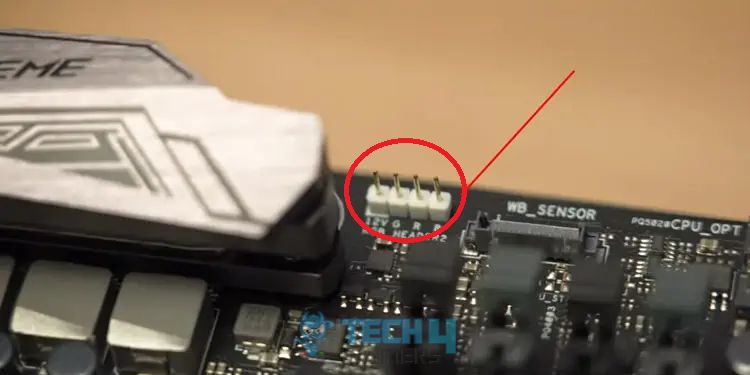
Modern motherboards have an RGB header, a specialized connection port that enables users to control the RGB lighting effects of their computers and personalize them. Also, users can control RGB-compatible devices.
Also Read: How To Fix RGB Fusion Not Working
These ports are usually situated near the top of the motherboard. The BIOS settings and third-party applications use these RGB header ports to control lighting effects.
RGB refers to the three main colors: red, green, and blue. You can make millions of colors by mixing these three colors. RGB headers on motherboards can control various devices, including fans, LED strips, and other compatible RGB components.
How Does RGB Header On Motherboards Work?
The RGB header on the motherboard controls the LEDs using digital signals. The RGB pulse-modulated signal controls a lighting strip’s red, green, or blue LED. The motherboard connects to the RGB header through a 4-pin standard connector, ensuring all RGB components work together.
There are two variations of these 4-pin connectors: 12V and 5V. The difference between these two connectors is the amount of electricity they can provide and how they transfer RGB data signals.
Digital signals in the 5V RGB headers can control the RGB lighting, and the 12V RGB headers use a voltage control system. When selecting an RGB lighting system, the header voltage must match the lighting system voltage. The majority of motherboards have both 12V RGB headers and 5V RGB headers. To ensure compatibility, always verify the manufacturer’s specs.
The motherboard’s BIOS offers RGB control through the manufacturer’s software, but opt for third-party software if you’re looking for some advanced features. Users can adjust the lighting effects, speed, brightness, and other features using 3rd party software from companies like ASUS, Gigabyte, Corsair, and others.
Every software has some unique options and features. Ultimately, RGB header systems offer an immersive visual experience that improves aesthetics and user experience.
What RGB Components Can I Control With The RGB Header On Motherboard?
Users control and customize the RGB lights thanks to the motherboard’s RGB header. When it comes to RGB lighting, the possibilities are unlimited. Depending on the user, a variety of options are accessible. However, the type of components varies depending on the system.
Also Check: ASRock Polychrome RGB Not Working
Some common RGB components that you can control with the motherboard’s RGB header are listed below:
RGB Fans
LED lights included with RGB fans produce an immersive visual experience controlled by RGB headers.
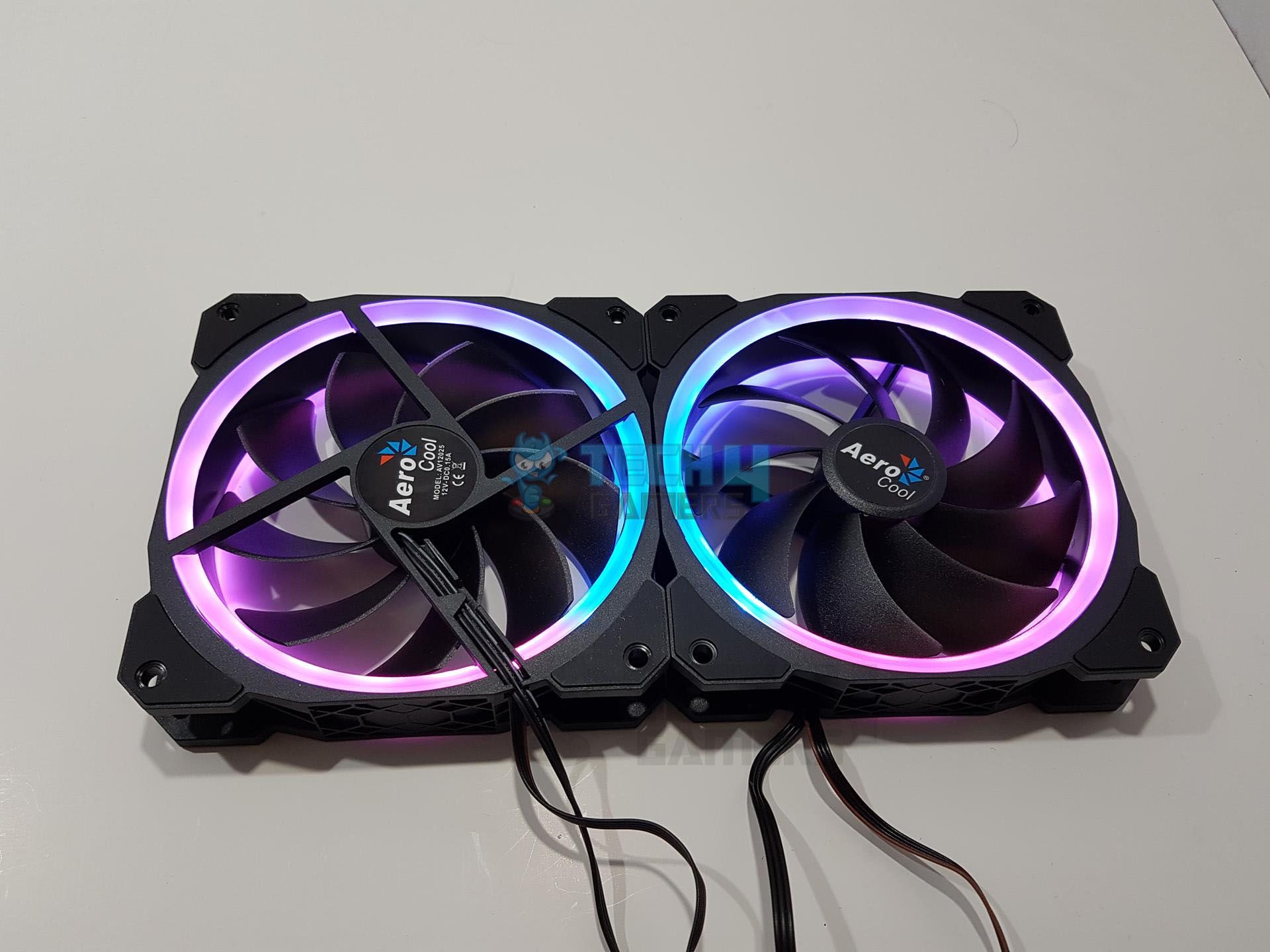
RGB LED Strips
Most motherboard manufacturers offer LED strips compatible with the RGB header on the motherboard. LED strips give more illumination to your computer design.
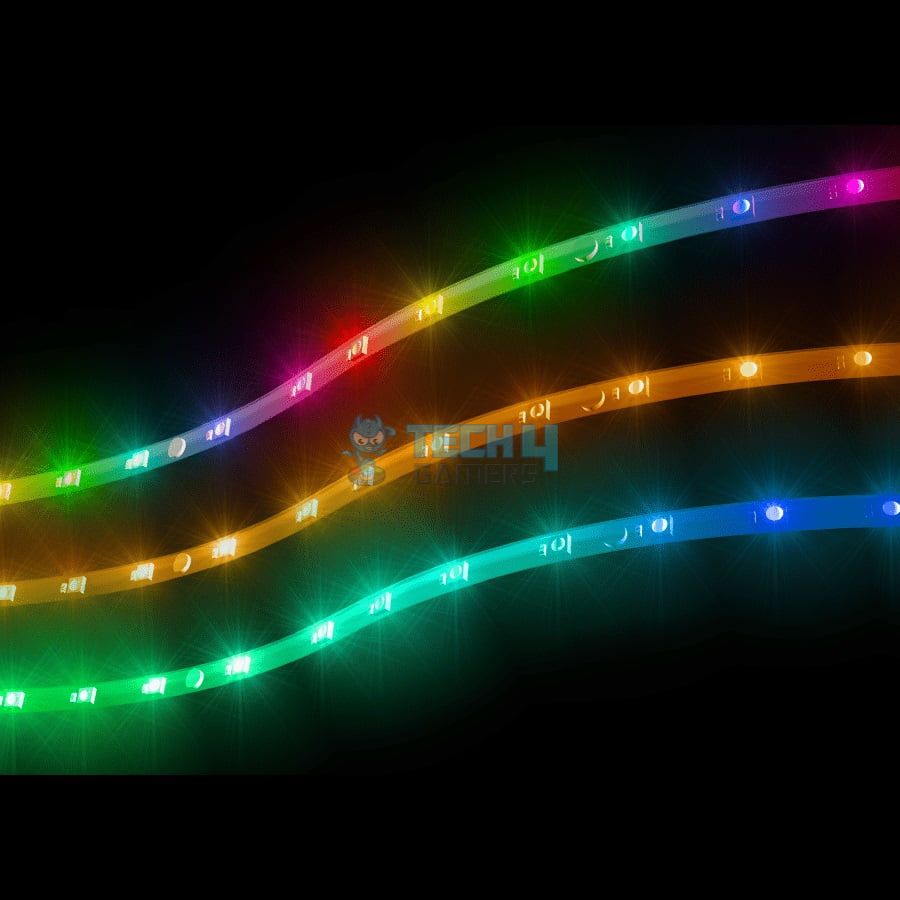
Also Check: How To Change RGB On AMD Wraith Prism Cooler?
RGB Watercooling Blocks
For people with more experience, RGB water-cooling blocks are available using custom loops. These components enable users to display their computer builds and can improve performance.
RGB PSUs
Some PSUs on the market come with built-in RGB lighting. Using the RGB header on the motherboard, you may control them.
RGB Memory
Simply for aesthetic purposes, desktop computer memory with RGB lighting. You can set the LED lights to a certain color, or it can rotate between various colors. These are present in gaming computers with transparent cases that reveal their internal RGB components.
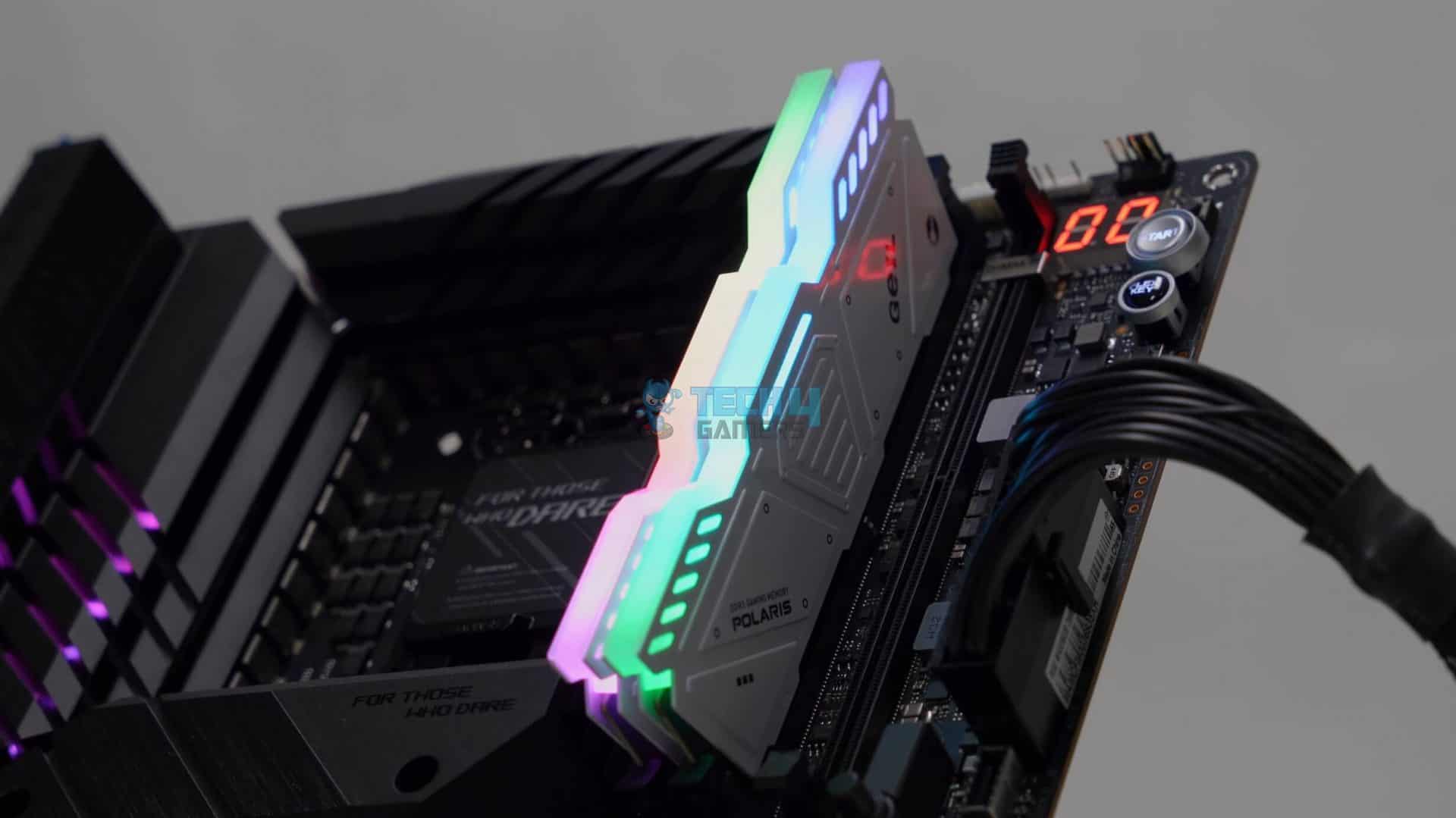
RGB Keyboards And Mouse
Some RGB-compatible keyboards and mice let users change the RGB illumination using the manufacturer’s software.
Also Read: How To Connect RGB Fans To Motherboard?
What Should You Do If the Motherboard In Your System Has No RGB Header?
If you have a new build or are upgrading your PC, you might have encountered the problem of your motherboard not having an RGB header.
With this port, adding illumination to your computer can be easier, especially if you have a particular color scheme in mind. You may set up your RGB in several different ways. You can resolve this issue easily by opting for one of the following alternatives, but it will cost you extra money.
USB RGB Controller
A USB RGB controller is one technique to add RGB lights to your computer without an RGB header. You may use these controllers to control the lighting of your RGB strips or other devices by plugging them into a USB port. They are simple to use and quite inexpensive.
External RGB Controller
An external RGB controller is an object that resides outside your computer casing and controls your RGB lighting. Although these controllers can cost more than Molex or USB controllers, they provide advanced settings and customization.
Install A Lighting Node Pro
A Lighting Node Pro can control the lighting of your Corsair RGB lighting strips. You can control lighting using Corsair’s iCUE software with this device connected to a USB header on your motherboard.
RGB Splitter Cables
An RGB splitter cable will allow you to operate many RGB devices with a single controller. Using several devices to connect to a single RGB controller is made possible by these cables for easy setup.
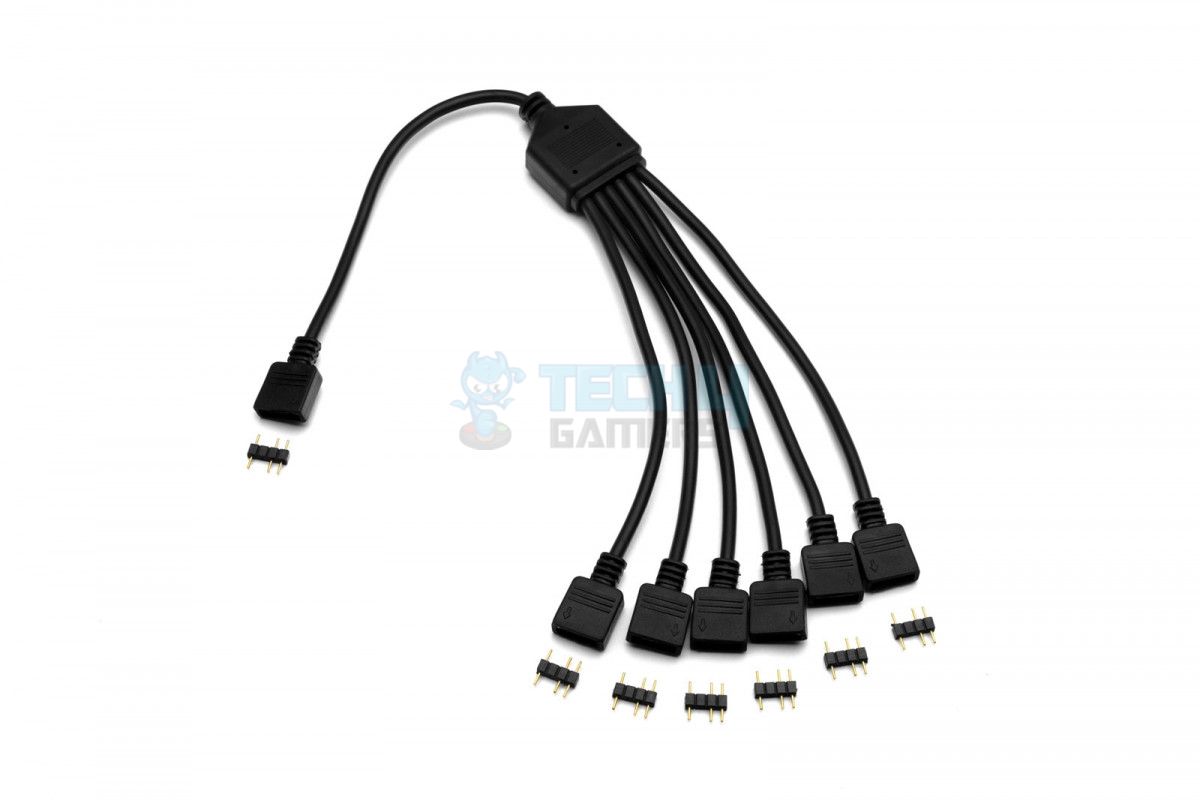
Fan Controller
If you have no RGB header on the motherboard and have RGB fans, then this is the best option you can go for. You may adjust the speed and lighting of your fans with this device, which takes power to work from your computer’s power supply.
Also Read: How To Wire RGB LED Strip Without A Controller
GPU With RGB Lighting
The RGB lighting on the graphics card in your computer can be used as an illumination source. RGB headers are a feature on some graphics cards that lets you connect RGB lighting strips directly to the board.
RGB RAM
It is another option to consider to add illumination to your computer. This kind of RAM features software-controllable RGB lights incorporated into the chip.
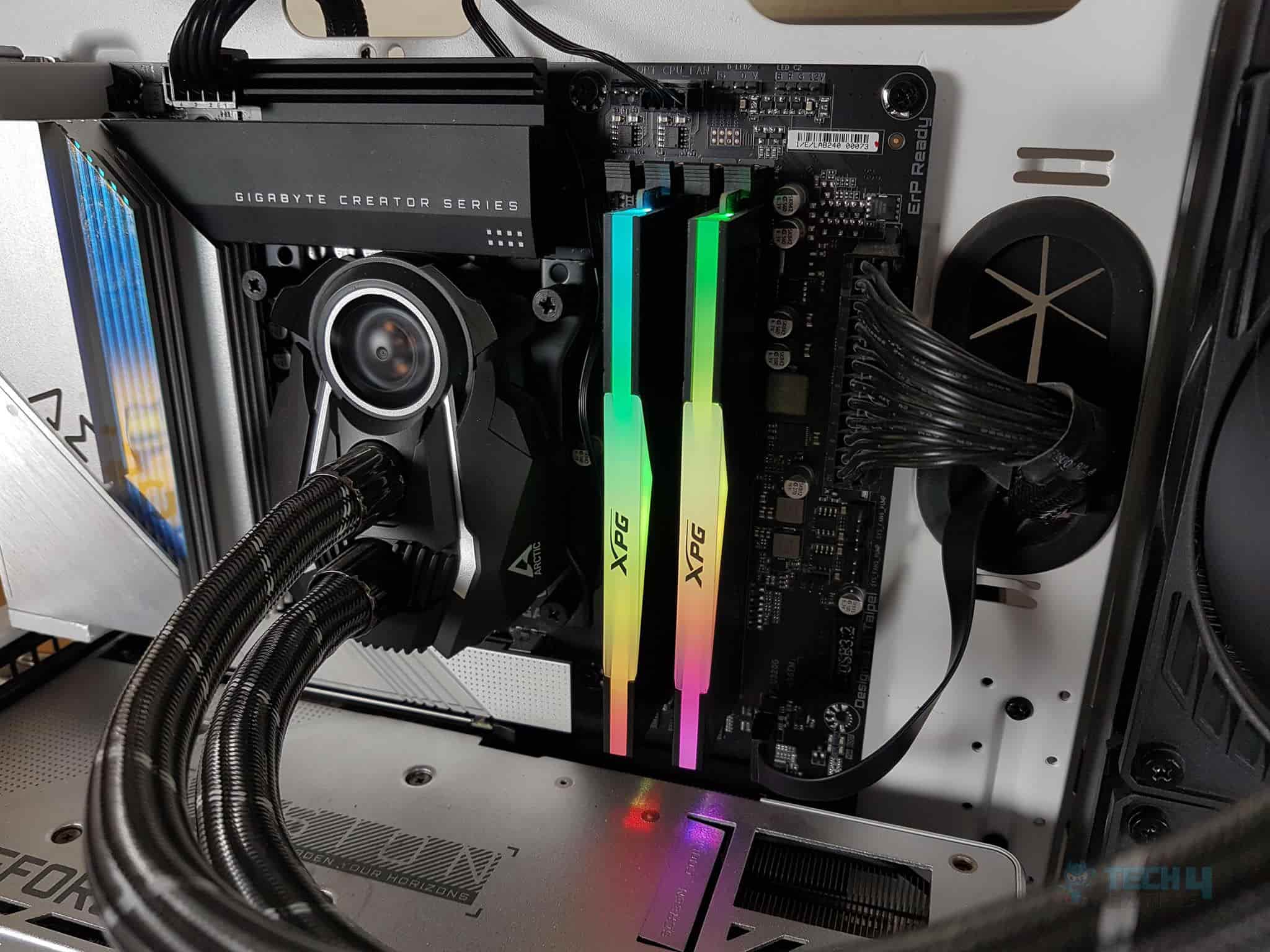
RGB LED Strips With Battery Power
If you need a temporary lighting solution for no RGB header on the motherboard, get yourself RGB LED strips powered by AA batteries or comparable power sources. You may install these strips around your computer casing.
RGB Controllers With Remote Control
You’ll need an RGB controller with remote control if your motherboard has no RGB header. With the remote control, you may change the color of the fans and RGB strips. Please note that the controller gives color data to all the connected devices, and you cannot change the colors individually.
There are several well-known gaming brands, including Corsair, Razer, and Cooler Master, that provide addressable RGB controllers that don’t require RGB headers on motherboards to function.
The motherboard is connected to them through an internal USB header powered by Molex or SATA.
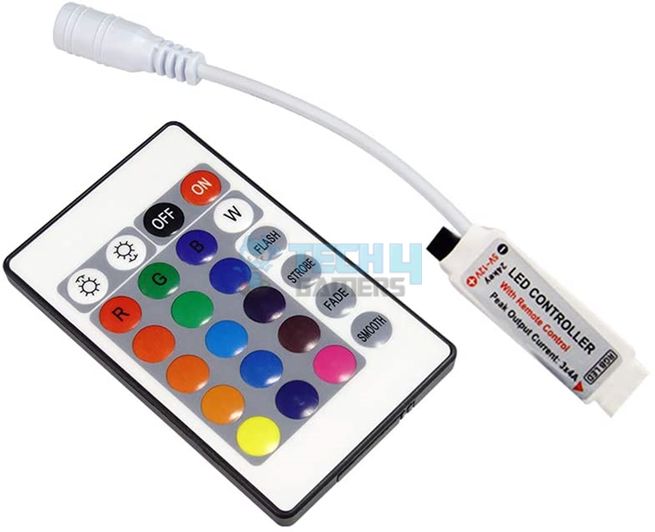
Upgrade Your Motherboard
The last option is to upgrade your motherboard if you need more than these temporary fixes. The newly developed motherboard has built-in RGB headers that can streamline your setup and provide greater control over your RGB lights.
Also Read: How To Reset RGB LED Controller?
Troubleshooting RGB Header
Here are some methods to troubleshoot your motherboard’s RGB header if you’re having problems:
Check The Connections
Ensure the cables are connected properly and the ends are not loose, which connects your RGB component to the RGB header on your motherboard.
Verify The Voltage Need
It is very important to keep the voltage output of the RGB header on your motherboard the same as the RGB component’s voltage requirement. Most motherboards include 12V or 5V RGB connections; thus, confirm that the voltage requirements of your RGB component match those of your motherboard.
Look For Compatibility
If you still face issues with your RGB component despite checking the connectors and voltage specifications, that must be due to incompatibility. Ensure your RGB component is compatible with the RGB header on your motherboard. You can figure it out easily by examining the motherboard and RGB component manufacturer requirements.
Check The Motherboard Software
Some RGB headers need particular software. Verify your computer’s software installation and any updates that might be available.
Check The Power Supply Unit
A problem with the power supply unit (PSU) may cause hardware malfunctions. Connected devices may stop working due to a loose cable, insufficient power, or a faulty/old power supply unit.
Also, try reseating the 24-pin cable that connects the power supply unit to the motherboard. Use an alternative power supply unit if this doesn’t work to see whether the RGB turns on.
Also Check: RGB Fusion 2.0 Not Detecting GPU
Inspect For Hardware Failure
If none of the troubleshooting methods works, a motherboard or RGB component hardware may be an issue. In this situation, contact the manufacturer for assistance or consider replacing the component if it is under warranty.
Conclusion
When customizing the visual aesthetics of computer setups, customers have flexibility and alternatives thanks to RGB headers on motherboards. The motherboard’s RGB header is a standardized connector that facilitates quick installation and compatibility with various RGB-enabled devices.
Users can customize RGB lighting according to their choice or themes through RGB controlling software, providing spectacular visual effects and improving the overall user experience.
Common Questions Answered
RGB components in a computer, such as LED strips, fans, and water cooling blocks, are controlled and customized for the particular lighting effects through the RGB headers on the motherboard.
Compare the voltage output of the RGB header on the motherboard to the voltage requirement of the RGB component. There are usually 12V and 5V RGB headers on motherboards, so be careful to check which is your component’s requirement.
Motherboard manufacturers usually provide software for managing the RGB lighting on motherboards. But third-party applications like ASUS Aura, Gigabyte RGB Fusion, and Corsair iCUE provide more advanced customization settings and are compatible with various RGB components.
Thank you! Please share your positive feedback. 🔋
How could we improve this post? Please Help us. 😔
[Wiki Editor]
Ali Rashid Khan is an avid gamer, hardware enthusiast, photographer, and devoted litterateur with a period of experience spanning more than 14 years. Sporting a specialization with regards to the latest tech in flagship phones, gaming laptops, and top-of-the-line PCs, Ali is known for consistently presenting the most detailed objective perspective on all types of gaming products, ranging from the Best Motherboards, CPU Coolers, RAM kits, GPUs, and PSUs amongst numerous other peripherals. When he’s not busy writing, you’ll find Ali meddling with mechanical keyboards, indulging in vehicular racing, or professionally competing worldwide with fellow mind-sport athletes in Scrabble at an international level. Currently speaking, Ali has completed his A-Level GCEs with plans to go into either Allopathic Medicine or Business Studies, or who knows, perhaps a full-time dedicated technological journalist.


![How Much Is My PC Worth? [Valuation Guide] How Much Is My PC Worth?](https://tech4gamers.com/wp-content/uploads/2022/09/How-Much-Is-My-PC-Worth-Valuation-Guide-218x150.jpg)



![What Are SSD Read/Write Speeds? [Explained]](https://tech4gamers.com/wp-content/uploads/2023/09/SSD-read-write-speeds-218x150.jpg)
